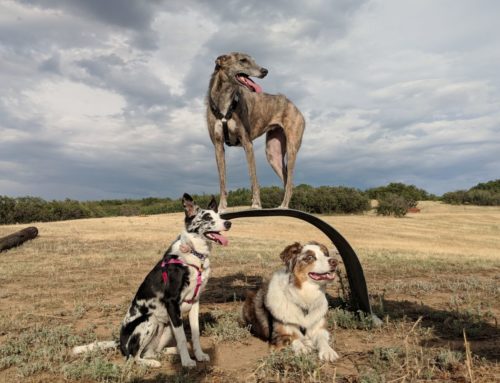There is an active military presence in the metro-Denver area of Colorado, which includes relatively frequent fly-overs by F15’s and F16’s. Most of the time, they are not moving that fast and you hear the sound before they pass overhead.
Sometimes, they are moving really fast, and once-in-a-while, they are flying very low and moving awfully fast. When that happens, these planes are pretty much past you before the sound hits. If you’re an enemy combatant and they were seeking you out, you’d be dead before you hear or see them.
That’s the way I look at many new startup categories; early entrants prove the market and then larger, more established players swoop in to dominate.
So, if I were a startup in a new category, what would I do to prevent my eventual demise?
I would approach this in terms of asking how to get captive customers buying from me and me only.
How to get captive customers
There are 4 ways that I know of to get captive customers:
- You are a natural monopoly. Think utility company;
- You have proprietary technology, processes or patents to protect your position;
- You partner with the industry leader to promote and distribute your products;
- You are the lowest-cost provider;
- You employ a network affect, where a good or service becomes more valuable when more people use it.
Lets strike #4 from the list right now, because that is a slippery slope for startups and small companies.
Even if I am the lowest cost provider, that won’t last for long because someone bigger than me will figure out how to be more efficient. And if I position myself as the low-cost leader and develop my brand around that, and can no longer defend that position, customers will leave.
Well, if my core product is undifferentiated, or maybe it is differentiated, but it’s a difference the customer does not care about or cannot see, where do I differentiate from next?
Move to the next layer of my product/service offering, which in this case, would be the way the customer interacts with me to get the product. I can think of several:
- Selection: I have the best selection of products available;
- Quality: I have the best product quality available;
- Revenue model: I give my customer many options in terms of how they pay (annual subscription, monthly subscription, fee per delivery, etc) so that they can find the option that works best for them;
- Customer service: it’s like Zappos…so darn good that it becomes a strategic element of the marketing.
These offerings around the core product might differentiate me for a while, until my competitor duplicates them, which is why they really don’t fit in to the 3 ways I listed above (remember I dismissed option #4 from our list), because they can be duplicated. Maybe in combination, they would give me some advantage, but they can be duplicated by competitors.
Is there another layer in product/s services that I can differentiate from? But, how about the following:
- Data. I start adding data around nutrition values for the products which my customers purchase that they can use in consultation with their medical and nutritional-care providers to analyze their diet. If the customer leaves, they can’t take advantage of the data. We know that the natural/organic grocers are beginning to add nutritionists on-site at their locations, so maybe this is a solid trend to capitalize on. Yea, I know, where do I get the data, you ask? I don’t know. I am just offering ideas in this post, not complete and well-thought out solutions.
- Exceed customer expectations in unexpected and pleasing ways. I thank my customers with free product, or send them samples of new products from the category from which they purchase. Or, just send them extra product of what they ordered to thank them.
With the exception of my data idea, all of the above can be duplicated. The point of this post is really to ask, how do I get captive customers? Maybe in the end for an online grocer, it will be a combination of the above that is executed better than anyone else.





